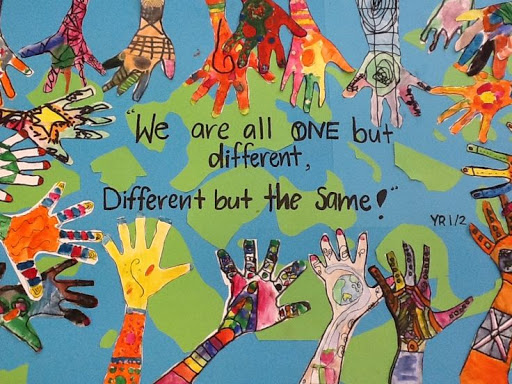
Click here to view a video on being diverse.
The term diversity is often used inter-changeably with other related concepts. It is important to clearly define the concepts and avoid confusion.
Diversity can be defined as a collective mixture of differences and similarities. The term diversity stretches far broader that only cultural diversity. Other types of diversity that are quite relevant to the workforce/society include: age, gender, physical ability, sexual orientation, parental status, marital status, political beliefs, education, workplace experience, and many more. The main diversity aspects to be considered for this course, apart from culture, are:
Age
Quite a few cases of discrimination towards older people have recently been referred to the CCMA. This often happens when people are forced to take early retirement to make way for younger employees.
Gender
After 1994 legislation were reviewed to remove all types of gender discrimination. The Employment Equity Act also addresses the matter of affirmative action with regards to woman. Sexual harassment in the workplace is a prominent gender issue which could be directed at both males and females. A Code of Good Practice has been developed by the Department of Labour to guide employers and employees in terms of handling cases of sexual harassment in the workplace.
Physical Ability
The employment of disabled people in the workplace is also described as affirmative action measure in the Employment Equity Act. Many assumptions and fears from able-bodied people exist that lead to unfair discrimination against disabled people in the workplace. Most people with disabilities would like to be called ‘differently-abled’, as they argue that they often have overcome their disability, just doing things differently from their colleagues.
Sexual Orientation
Homosexual employees often feel discriminated against, although this form of discrimination could be very subtle and difficult to prove.
Cultural Diversity
Includes differences in race, ethnicity, language and religion. It is a system of values and meanings shared by a group/society, including the embodiment of these rules and meanings in material objects.
People of every group/society share ideas of what is acceptable behaviour or not, what is right and wrong, and what is good or bad. They also share knowledge about their environment and about how things should be done. These distinguish one group from another.
South Africa is daily experiencing ongoing integration in great numbers of people from diverse backgrounds into its workforce and society. Despite the stresses, conflicts, and aggravation of building bridges across cultural chasms, old and new South-Africans have continued to call upon their deepest values of equality, neighbourliness, and love to make it better.